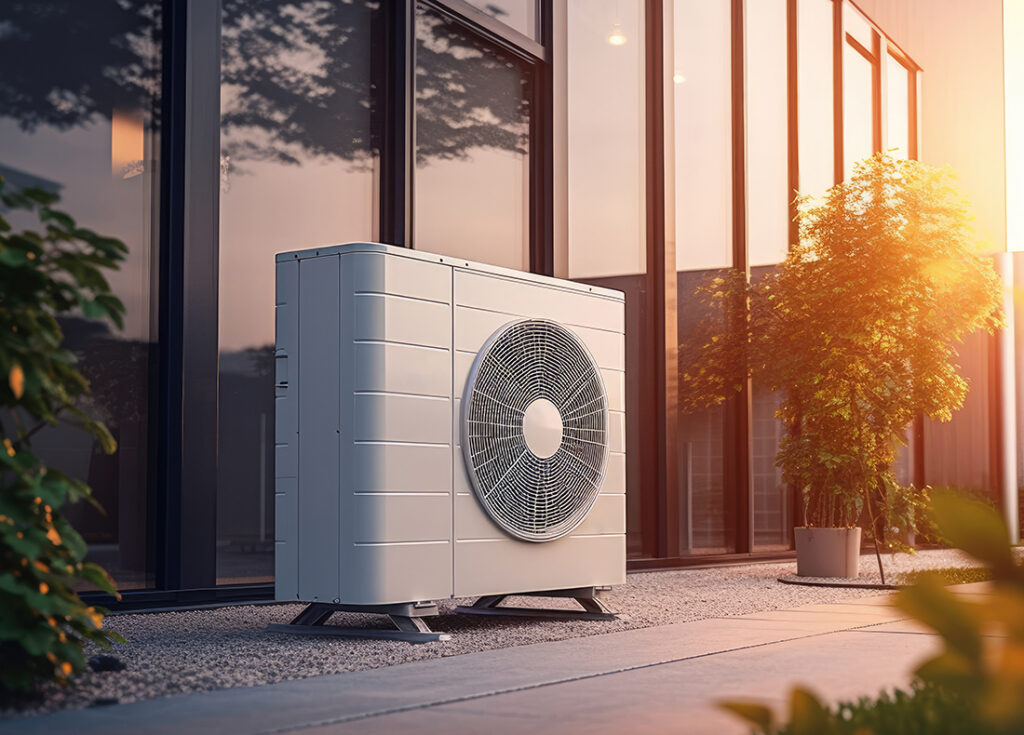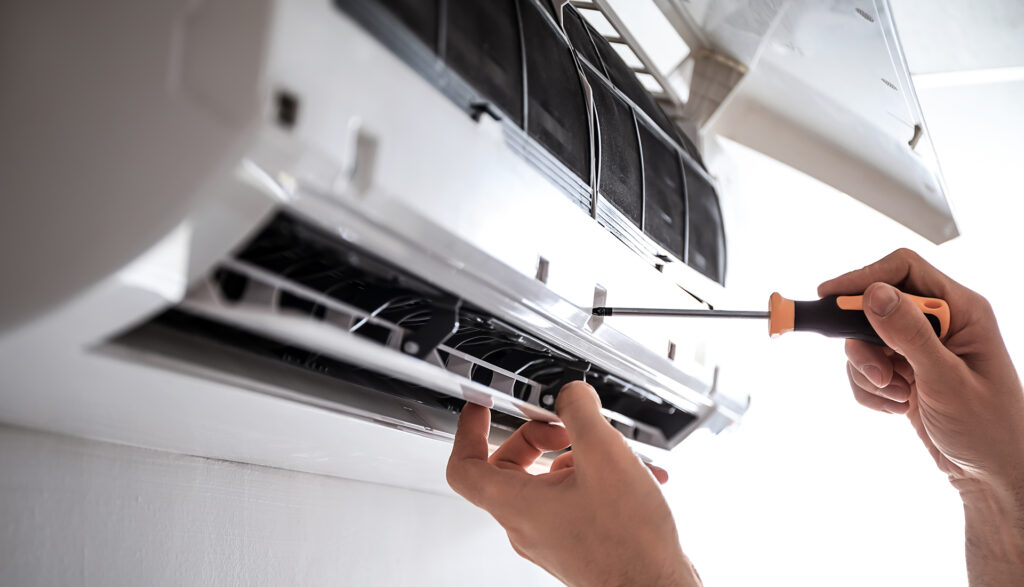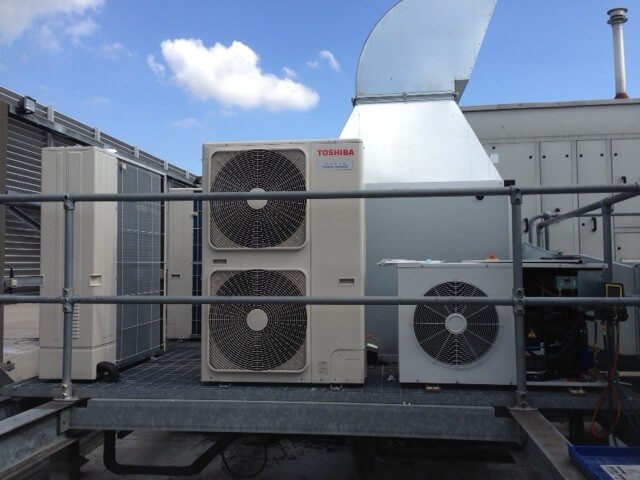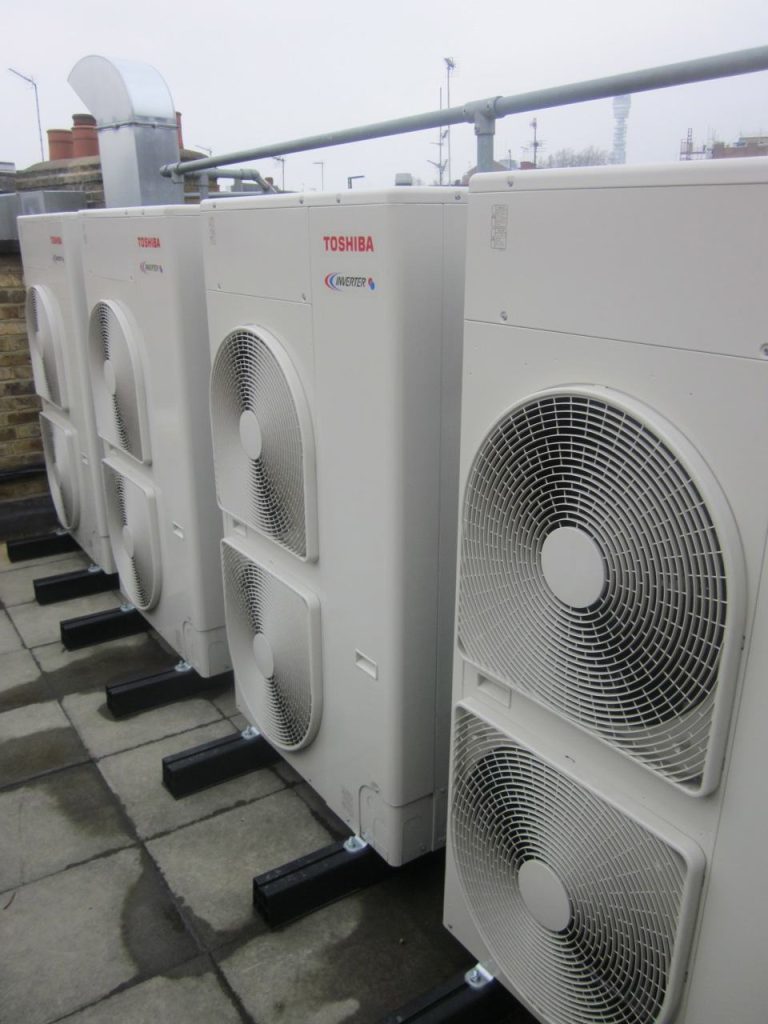Tackling Indoor Air Quality (IAQ) Is A Public Health Imperative
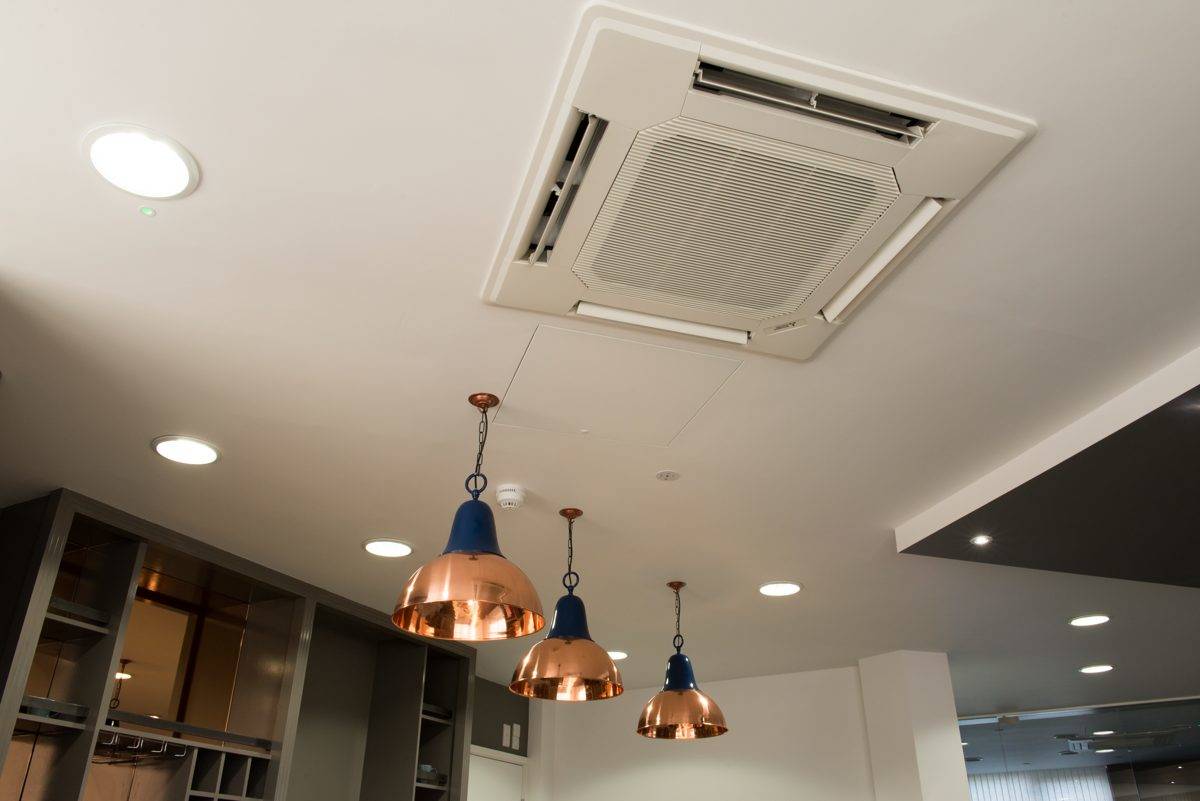
Estimated reading time 10 minutes
We’ve discussed indoor air quality in a number of previous articles including: Indoor Air Quality Is A Worry For Employees, UK Homes Experience Poor Indoor Air Quality and Damp Problems and Indoor Air Quality Is Often Overlooked – Ventilation Is Vital. It’s a topic that continues to raise concern. The most recent concerns have been flagged by Policy Connect, a think tank that “supports parliamentary groups, forums and commissions, bringing together parliamentarians and government in collaboration with academia, business and civil society to help shape UK public policy.”
Policy Connect have released “A Manifesto for Tackling Indoor Air Pollution” with the aim of highlighting the continuing threat of indoor air pollution and the impact it can have on worsening health conditions leading to chronic ill health, complications which last for life and tens of thousands of premature deaths in the UK, all of which ultimately costs the tax payer billions of pounds in health and social costs.
Worsening Health Conditions and The Cost To The UK
According to NHS Inform “Indoor air pollution can cause short term respiratory symptoms. It can also make asthma worse. In the long term, indoor air pollution affects the lungs, heart and blood vessels. This can lead to stroke, heart attack and lung cancer.”
Asthma and Lung UK state that “small amounts of indoor air pollution can cause: dizziness, headaches, extreme tiredness (fatigue) and eye, nose and throat irritation.” They go onto say that “If you’re exposed to indoor air pollution over a longer period of time, it can cause lung conditions like asthma, COPD and lung cancer. It can also increase your risk of having a stroke and cause heart disease.”
An NHS Health Research Authority study “Indoor Air Quality in Respiratory Disease” looked at Vulnerable Groups (VGs) and their exposure to poor air quality indoors and found that “Air pollution causes 29,000 pre-mature death and cost the UK economy £20 billion per year. A majority of these impacts are associated with VGs, who are most strongly affected by air pollution with up to ca.12 life years lost for the individual. People with pre-existing medical conditions, in particular those where the lung is affected, are of particular concern in terms of long-term health, societal and economic impacts.”
The Royal College of Paediatrics and Child Health say that “Air pollution poses a serious threat to children's health in the UK, contributing to a range of adverse health outcomes and premature mortality… With pollutants from both outdoor and indoor environments presenting serious risks to the health and development of children and young people, there is an urgent need for comprehensive policy measures to safeguard their future.”
A Postbrief by the UK Government on Indoor Air Quality says that “according to a report from the UK Health Security Agency (UKHSA, previously Public Health England), the total NHS and social care cost of air pollution (PM2.5 and NO2 only) is estimated to be £1.5-5.5 billion in England over the period between 2017 and 2025, increasing to £5.5 -18.6 billion up to 2035. The total societal costs of air pollution are estimated at £22.6 billion per year.”
Clean Air Policy Skewed Towards Outdoor Air Quality
The Indoor Air Quality Postbrief states that “high quality systematic outdoor air quality monitoring data has been recorded in the UK for decades, but there is very limited data available regarding indoor air quality, which is rarely actively managed.”
Policy Connect’s manifesto also highlights the fact that the UK Government’s 2019 Clean Air Strategy and DEFRA’s 2023 Air Quality Strategy for Councils are primarily aimed at tackling outdoor pollution with few actions aimed at tackling indoor air pollution. This leaves workplaces, homes, schools and other indoor facilities under protected.
The manifesto goes onto say that “a new clean air strategy should include a dedicated plan to address IAQ, expanding the 2019 strategy’s limited provisions on household air pollution. A new strategy should include goals for addressing individual pollutants common indoors, such as carbon monoxide, that are absent in the 2019 strategy. As part of the strategy, the Government should assess the effects of regulatory changes for ventilation and housing rules; labelling schemes and warnings at the point of sale of fossil fuel appliances; an explicit indoor air quality baseline; and a policy framework for setting legal targets, in line with the Environment (Air Quality and Soundscapes) (Wales) Act 2024.”
This is backed up by the Chief Medical Officer’s Annual Report 2022: Air Pollution which states that “Indoor air pollution is becoming an increasing proportion of the problem as improvements in outdoor air pollution occur. Most of our days are spent indoors whether for work, study or leisure, yet indoor air quality has been studied much less than outdoors. While there are some spaces such as owner-occupied houses that are fully private, many indoor spaces are public, including health facilities, schools, other public buildings, and also shops and workplaces. As with outdoor spaces, people in public buildings are exposed to air pollution but can do little about it, so society needs to act. A better understanding of how we can prevent and reduce indoor air pollution should now be a priority.”
The Need To Study Indoor Air Quality and Pollution
Policy Connect states that “tackling air pollution in homes and other indoor spaces is a public health imperative” and “action to address air pollution should focus on where exposure is gravest.” They also say that “around 90% of our time is spent indoors, the majority of which is spent in the home.”
The National Centre for Atmospheric Science (NCAS) article “Scientists explain why the UK can’t ignore indoor pollution” explains how scientists are looking at ways “to collect evidence on different indoor and outdoor pollutants – with the aim of contributing to national emissions inventories and informing studies about human health impacts. Measurements of different types of emissions from cooking, cleaning, burning candles, fragrance use, spraying aerosols, and solid fuel burning are being made in specially-developed laboratory experiments. Scientists have also been observing emissions in a set of ‘real-world’ houses, where air samples were taken along with a record of the activities being done by the occupants.”
The NCAS goes onto say that “By scaling up their focus on indoor air quality, scientists can routinely evaluate the impact of policy changes and interventions on people’s exposure to air pollution – as well as tracking the influence of people behaving in different ways or using alternative technologies and products.“
Recommendations
Given that we spend 90% or more of our time indoors we need to understand and monitor indoor air quality, in homes, schools, hospitals, recreational buildings and workspaces. The quality of indoor air has clearly been studied far less than outdoor air, and this is something that needs to be tackled urgently given the threat to health and wellbeing.
Indoor air pollution is clearly as important as outdoor air pollution. With this in mind Policy Connect’s manifesto puts forward a number of key recommendations with the aim of increasing the focus on and tackling poor indoor air quality including:
- a call for designated ministerial leadership on indoor air quality.
- a clean air strategy to include a dedicated indoor air quality plan.
- Government support for an indoor air quality research partnership to support a research framework and an observatory to systematically monitor indoor air pollution in houses, schools, and healthcare facilities.
- consolidated guidance on tackling household air pollution to be issued to Local Authorities, housing developers and providers, and health and emergency services.
- stronger Local Authority selective licensing schemes, with Local Authorities having greater enforcement powers and being able to issue greater penalties for non-compliance.
Rasing public awareness of the dangers of indoor air pollution is seen as an essential element of tackling poor indoor air quality, especially ahead of the winter season when indoor air pollution levels can increase as a consequence of reduced ventilation and increased use of heating. Policy Connect suggests that the UK Government’s health secretary should “publicly communicate the health risks of exposure to pollutants indoors, particularly ahead of winter, when exposure is heightened through increased domestic fuel use and decreased ventilation.” They go onto say that “the health secretary is encouraged in the findings to lead this initiative by communicating the risks of indoor pollutants and promoting the effective use of preventive measures. This can include better ventilation standards and the use of less harmful household products.”
Better Ventilation
The December 2022 annual report by England’s Chief Medical Officer at the time, Chris Witty, states that “The role of ventilation is central to reducing unavoidable indoor air pollution, and this is an important difference from addressing outdoor air pollution. A critical engineering challenge is getting the best solution for maximising ventilation, while keeping buildings warm in winter and cool in summer, and minimising energy and therefore carbon use.”
A 2022 report by the Royal Academy of Engineering’s National Engineering Policy Centre (NEPC) highlighted the importance of good ventilation as a measure to mitigate the impacts of disease mediated by airborne mechanisms and prevent potential high economic and societal costs of a future pandemic. The COVID-19 pandemic highlighted the importance of good indoor air quality and ventilation to promote infection-resilient environments. Ventilating indoor spaces is a key public health action to improve indoor air quality to reduce the risk of exposure to bioaerosols, such as the SARS-CoV-2 virus.
The Indoor Air Quality Postbrief states that “Pollutants include a range of chemicals emitted from building materials, consumer products (such as furniture, paints and cleaning materials), combustion appliances (such as gas cookers and woodburning) and in some geographic areas, radon gas. Airborne particles of biological origin (bioaerosols) can be released into the environment (such as pollen, fungal spores, house dust mites and pet allergens), associated with buildings and their systems (such as mould), or produced by people (bacteria and viruses). People also produce carbon dioxide, which is itself not a pollutant but is used as an indicator of the level of ventilation. Concentrations of certain pollutants are higher indoors and can be exacerbated by poor ventilation. Indoor pollutant concentrations are also affected by the infiltration of air from outdoors.” It goes onto say that “Indoor air pollution can be tackled in several ways including removing pollutant sources, improving ventilation, air cleaning, increasing public awareness and legislative changes.”
It’s clear that when it comes to indoor air pollution, ventilation is vital and needs to play an important role in improving indoor air quality in the workplace, at home, in schools and colleges, in the hospitality sector, in hospitals and other indoor spaces.
Expert Heating, Ventilation and Air Conditioning Installation and Support
Syncore is an expert in air conditioning, heating and ventilation design and installation and can install air conditioning and heating, ventilation and air conditioning (HVAC), and heat pumps. Synecore boasts a vast network of engineers and suppliers throughout the UK. As a result, we are well placed to support refurbishments and new build developments throughout London and the wider UK.
We are at the forefront of technological changes in the HVAC industry. We provide the installation of high-quality products from leading manufacturers including Daikin, Mitsubishi Electric, Toshiba, Fujitsu, Hitachi and Mitsubishi Heavy Industries. These brands are the disruptors in developing clean and efficient cooling and heating solutions for commercial and residential properties.
Our customers benefit from our 10 year warranty when they sign up to our Planned Preventative Maintenance (PPM) plan, which offers complete peace of mind.
If you are looking to install a new heating, ventilation and air conditioning installation or heat pump or need to replace an old system, contact our team or call on 01795 509 509. We’ll talk you through your options and provide you with expert advice on the right heating, ventilation and air conditioning system for you.
